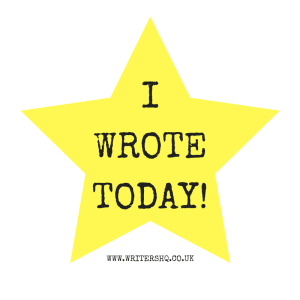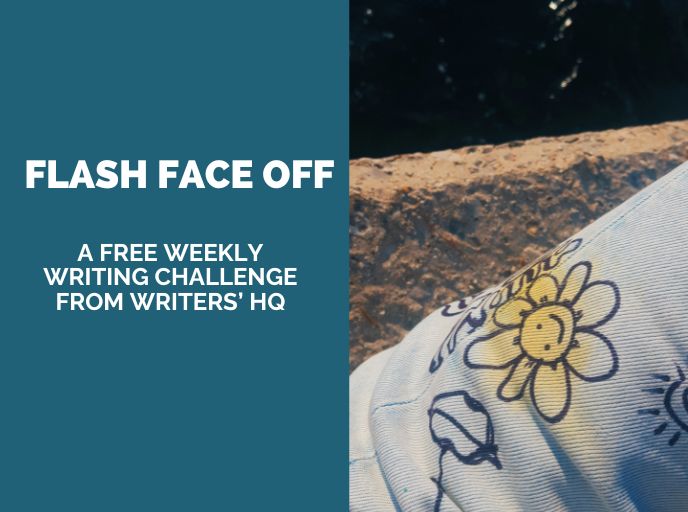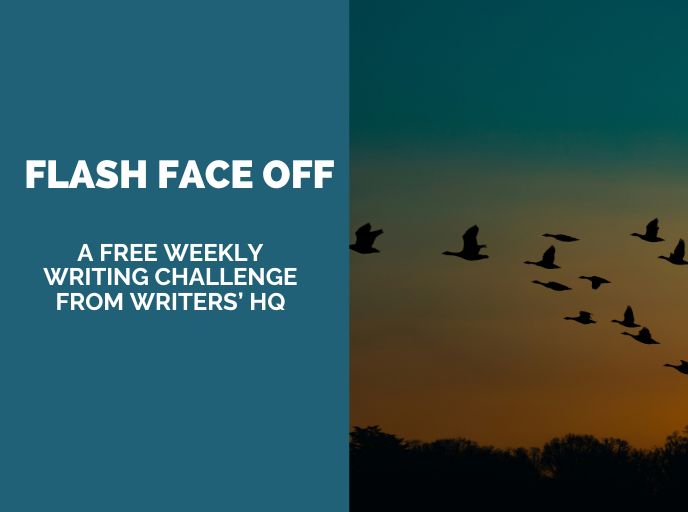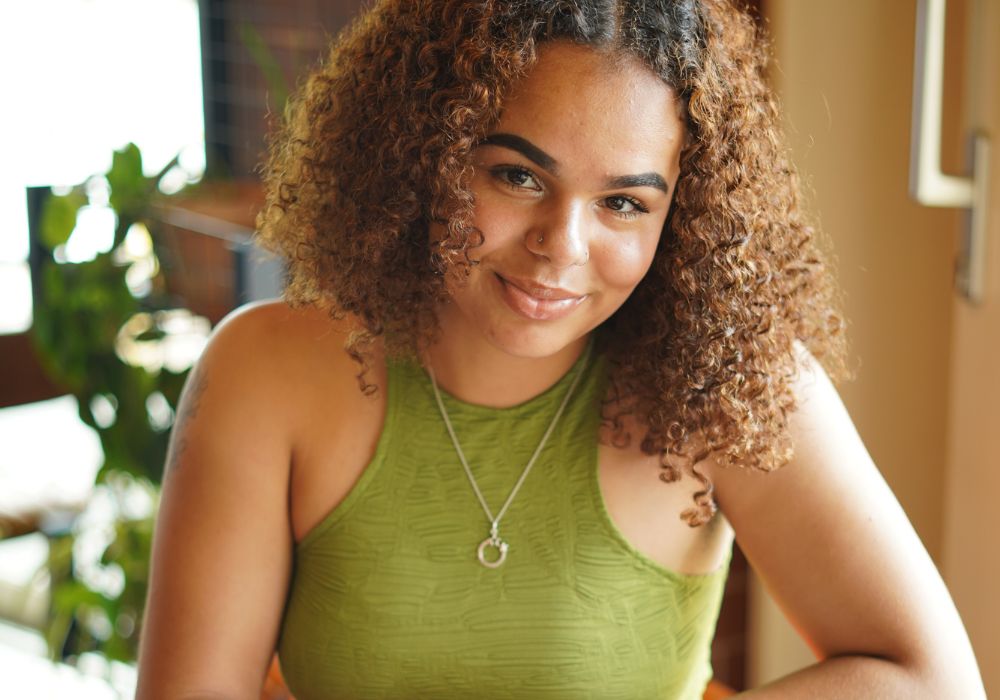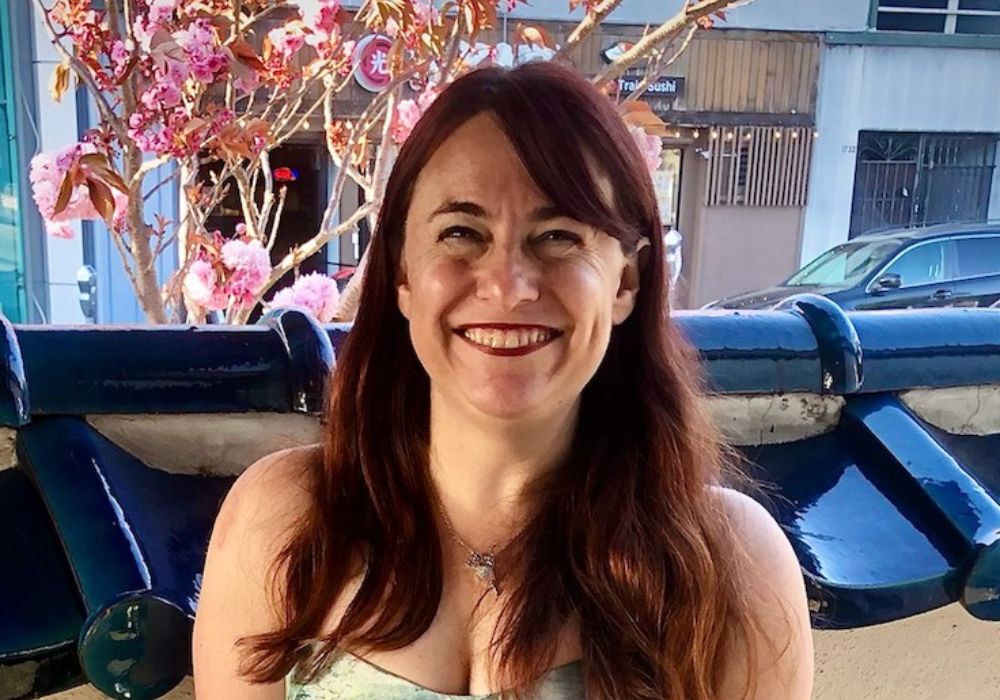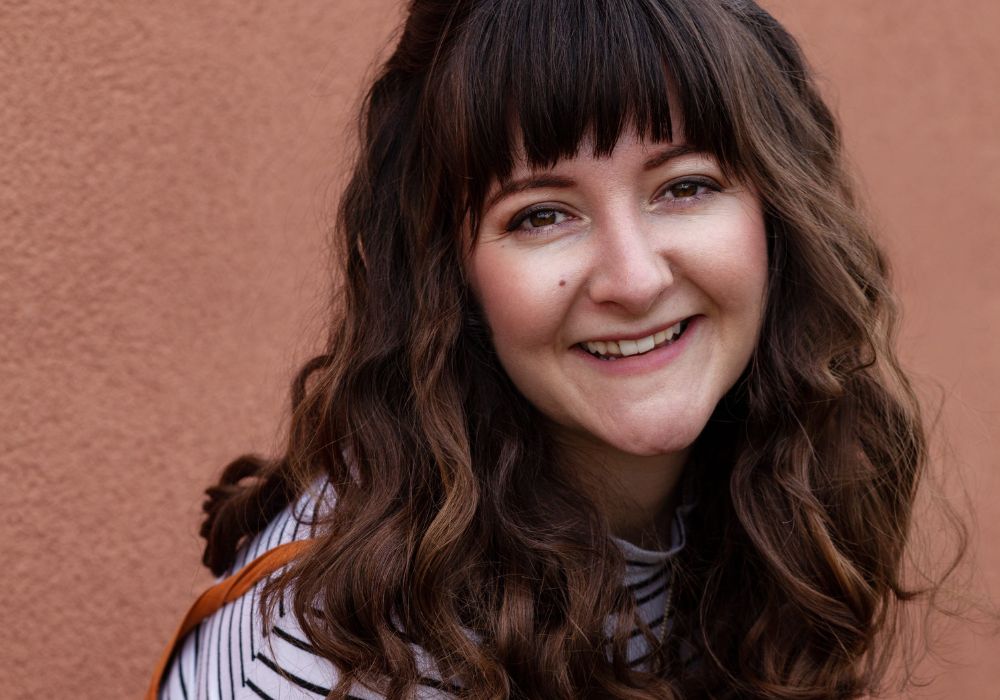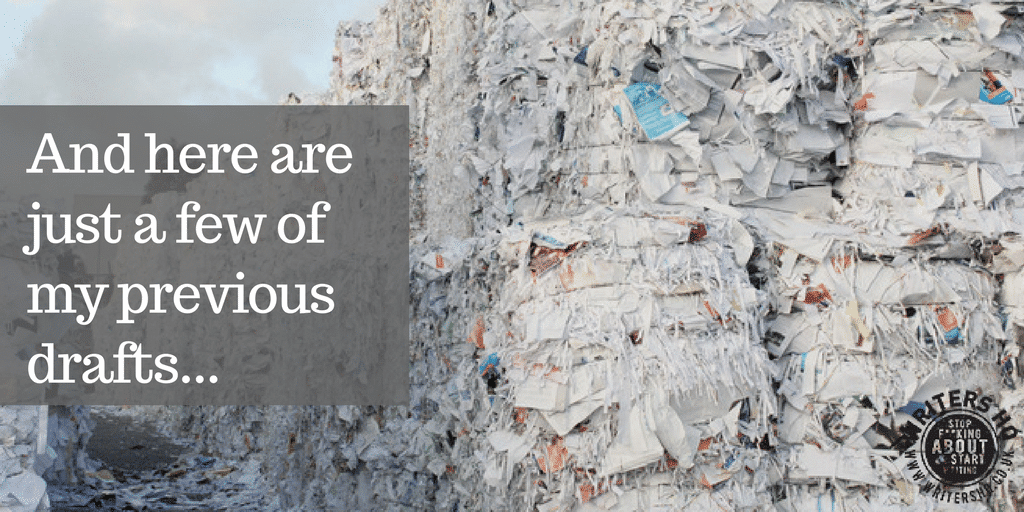
If you haven’t already read our editing blog ‘What the Frick is a Zero Draft?’ then go and do that now. If you’ve already read it, excellent. Let us continue this novel editing conversation right away.
So, how do you turn a zero draft into a proper first draft, and then a second, third, fourth, gazzilionth draft, and eventually a FINAL draft?
Welcome, brave writers, to THE EDITING ZONE. If you’re one of those writers who would rather gouge their appendix out with a wooden spoon than edit your work – we’re here to change your mind.
Firstly, do not succumb to ‘shiny thing syndrome’ – the sparkly, sexy lure of abandoning your zero draft and chasing after a whole NEW story idea. That way lies madness. That way lies dozens of different zero drafts languishing on your hard drive, unfinished and unloved – hundreds of thousands of words of unfulfilled potential.
It’s like those people who fall in love with the ‘falling in love’ bit of a relationship, where you’re shagging like bunnies and going on cheesy, romantic dates and taking loved-up selfies together and everything’s all soft and hazy like an Instagram filter. That lovely exciting bit before you feel comfortable enough to pee with the door open and pick fights over how to load a dishwasher. Well, sorry to break it to you, but editing is married life. The long-haul relationship. So slap on that ball and chain and make a commitment to your book.
Secondly, don’t confuse surface editing with redrafting.
Surface editing is something you do at a much later stage, when your story is almost in its final form – tweaking and fiddling and proofreading – polishing up your manuscript, ready to submit. Try doing that with a zero draft and, well, you’ll end up polishing a turd. Oh, it’ll be a really shiny turd, but it’s still gonna stink.
Redrafting, on the other hand, means editing on a fundamental level. It’s an objective deconstruction of your zero draft – stepping back and looking at how your story really works (or doesn’t).
Redrafting means taking the fundamental building blocks of your story and figuring out how to create the strongest structure possible.
Redrafting does NOT mean you’re a bad writer – it means you’re improving your writing. So don’t get too attached to your zero (or first, or second, or third) draft, because if you aren’t prepared to change, you’ll find yourself stuck.
DISCUSS: What are you actually writing about?
The octarine one himself, Sir Terry Pratchett, said that “The first draft is just you telling yourself the story.”
So what is your story actually about?
Can you explain your plot to someone without their eyes glazing over in confusion?
Can you dig down to the molten lava core of your story and work out what it is you’re trying to say about the world/the human condition/society/whatever?
Can you root out the parts of your zero draft – no matter how shitty – that you’re really proud of? They might not be perfect at this point but something about them just works.
Re-read those ‘good’ bits. Analyse what makes them tick all your boxes. THOSE sections should set the bar for the redrafting process. Aim to hit that level with every chapter, every scene, every sentence. And, by the time you’re finished, you might even exceed it, too.
EXERCISE: Summarise that sucker
A challenge! To see if you reeeeeally know your story inside out.
First, set aside your zero draft. Shut down whatever word processor you use. Flip the cover of your notebook shut.
Now set a timer for 20 minutes and write down one or two sentences that describes more or less what happens in each chapter. Stick to the important stuff – the big events and changes and developments.
When the timer chimes, look at what you’ve got. Does it sound and feel like the story you initially planned? Does it start strong, dip in the middle and kinda fizzle out at the end? Did writing the summary spark off a tonne of new ideas that made you go, “Aaaaah, that’s how I should’ve written it…”?
Looking at your story from a bird’s eye view is a great way to start deconstructing it and pick out what works, what doesn’t, and where you want your story to end up.
(Marketing alert: In our full bells and whistles novel editing course we do a lotta work around how closely your original story outline corresponds with what actually happens – or should happen – in your subsequent drafts, and show you ways to align the needs of your story with the words that come out of your fingers. Maybe you should, y’know, check it out?)
But for now, we’re done. Bravo. You’re one step closer to finishing. One step closer to being able to stop people doing that annoying smug half-smile when you say you’re writing a book. YEAH SCREW YOU PERSON WHO THINKS I WON’T FINISH. I’LL FINISH, YOU’LL SEE.
Ahem. Anyway. Have a gold star.
